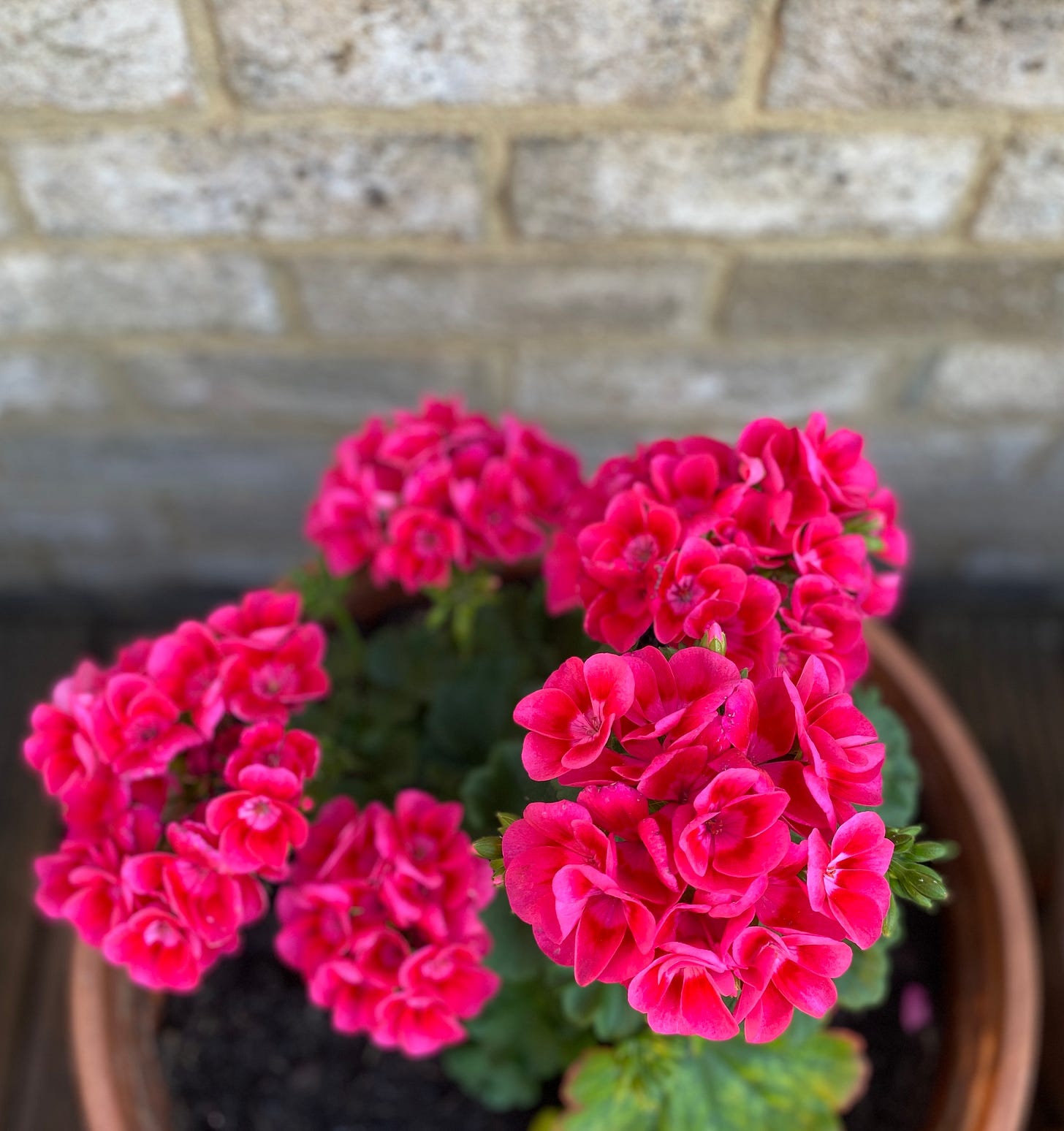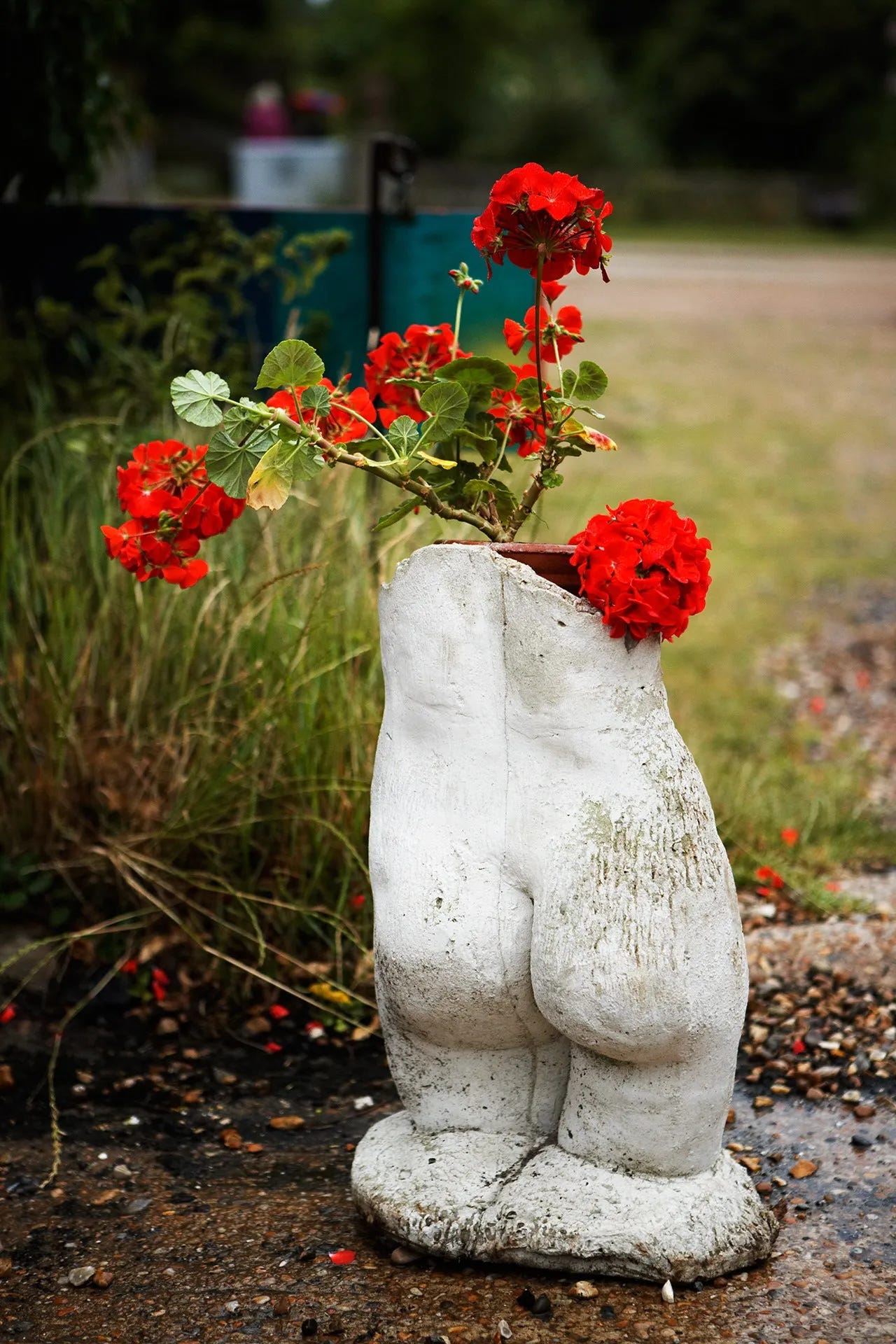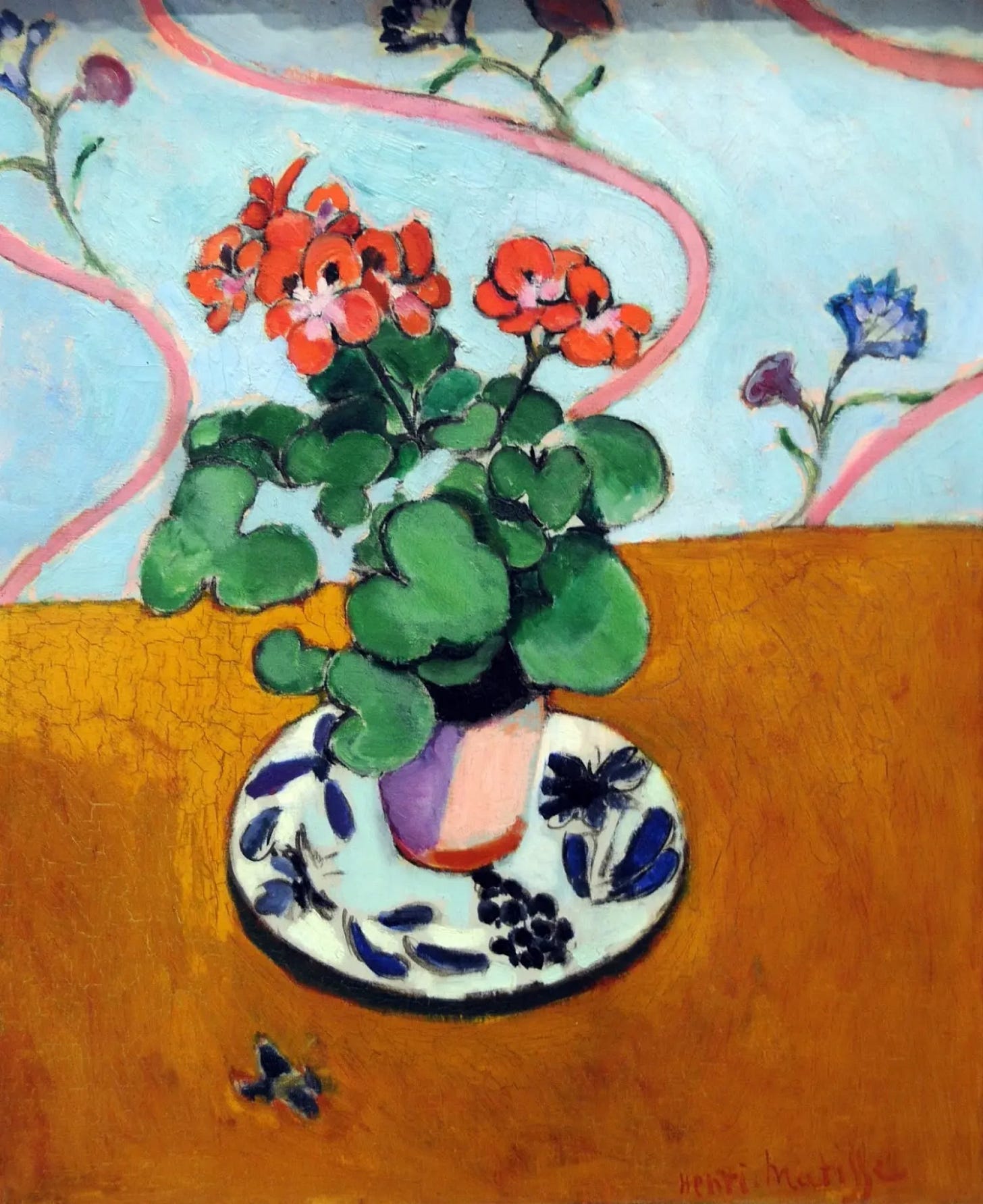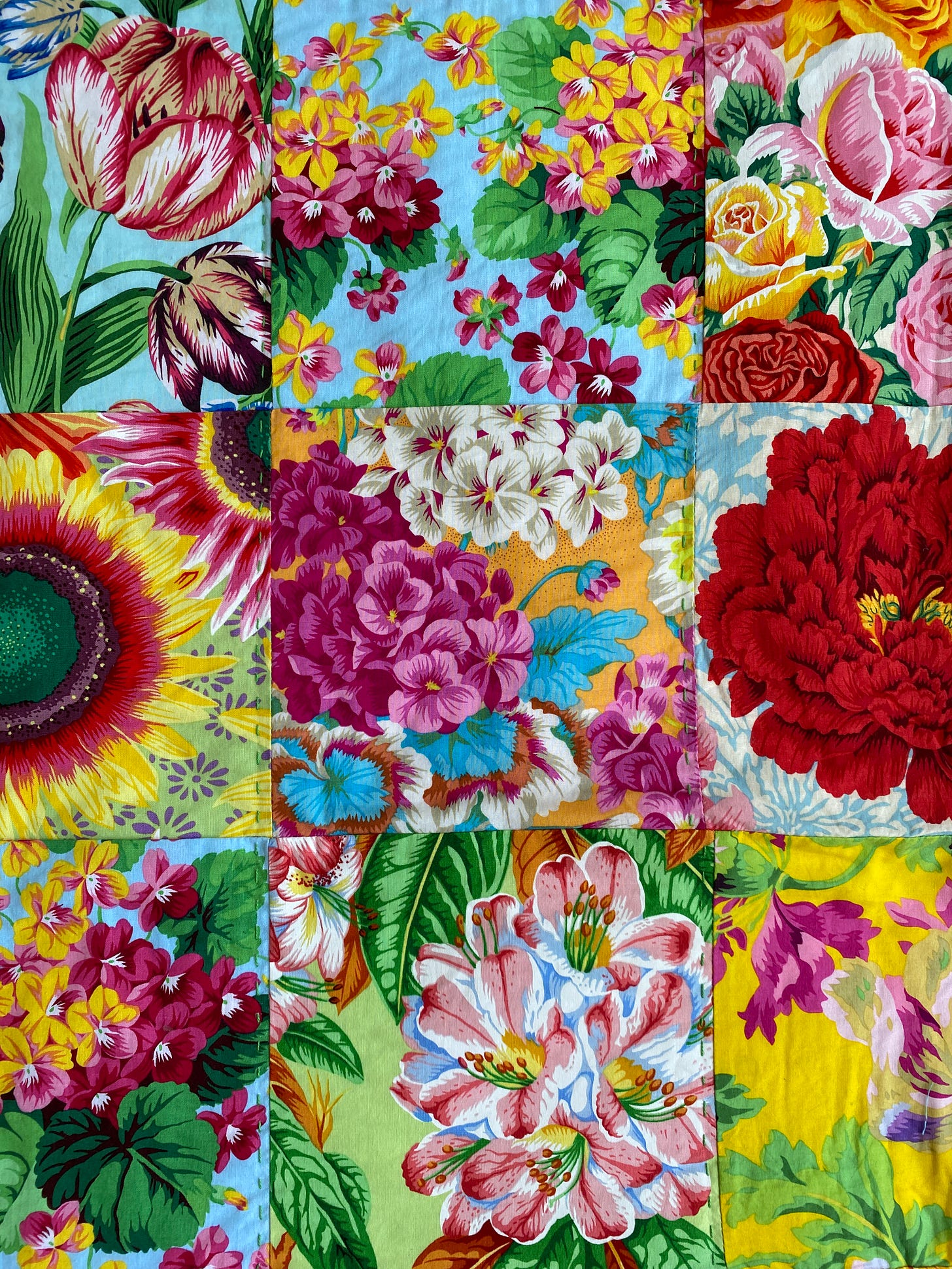The ‘jam’ bit in the title is really only so that I make a play on ‘jam and Jerusalem’, and enjoy the sound of it. Although I have made four batches of strawberry jam this week, so I’m not misleading you. Unlike Boris Johnson. Huge sighs of relief here with a celebratory glass of chilled rosé while watching the news - but also plenty of still-simmering anger at the lies and the behaviour.
Anyway, my jam. I love making jam, and in fact the hotter the weather, the more I enjoy it because I always like to imagine the summer heat and ripeness will be captured in the jars which will be opened on many cold, dreary, grey days. I also stir in some good music, and this week it was this song on repeat. Strawberry jam is very popular here, although my favourites are raspberry and apricot, both of which are problematic atm. The man on the market told me about issues with raspberry availability (‘the weather in Europe’ - hmmmm) which is leading to very high prices, and I think I’ve given up hope of ever finding apricots here which aren’t mealy and tasteless. The best apricot jam I ever made was in France with trays of apricots specifically labelled ‘confiture’. Little hope of getting those here, when we can’t even get a continuous supply of cucumbers.
But away from the geopolitics of jam, and onto geraniums.
The cold weather decimated many of the plants in our outdoor pots (sad to see the agapanthus die) so we did a garden centre sweep of geraniums. And, just like raspberries and cucumbers, there’s nothing like the usual availability.
[‘Geraniums’ (1917), Emily Beatrice Bland]
Neon, retina-scorching pink, orange and red brightness is what I go for. Something which looks like it’s connected to the electricity supply and glows at dusk, as in the painting above.
[from the ‘At Home’ series by Carl Larsson c.1895]
I’ve always liked geraniums. This postcard was on my pinboard when I spent a year at university in Sheffield; I’d knit a Patricia Roberts pattern after teaching practice and a day of dealing with children who really, really did not want to learn French and Russian, and I’d look at this and dream of a different room, a different life, and a very different windowsill. (And now I’m very excited to have booked a visit to the Carl Larsson house when we go to Sweden in July for a family celebration.)
]’Window Plants’ (1940), John Nash]
These days, though, I think I’m closer to this sort of geranium-filled windowsill. This School Prints lithograph is fabulous; imagine having it on the wall in your school and making up stories to go with it. Mine would have been all about the amaryllis, cactus, geraniums, and the aspidistra.
[some of my geraniums]
But these geraniums are all indoors, and although I like the idea of greenhouses and conservatories filled with rare geraniums/pelargoniums, I really prefer common-or-garden geraniums which grow outdoors. They are the flat-, apartment-, and tenement-dweller’s flower par excellence. No matter how small the windowsill, a terracotta pot with a bright geranium will transform the outlook. They are also beautiful on stone or white-painted steps - the kind of thing you see in France and Greece. When we lived in Germany, the arrival of summer saw the sudden eruption of trailing red geraniums in window-boxes; it fascinated me that everyone knew exactly when to plant and where to get the plants from.
[Bloomsbury bottom, Charleston, not sure whose photo]
The geranium has been surrounded by snobbery for years, though. The words ‘vulgar’ and ‘common’ have been applied to them by (largely self-appointed) tastemakers who disparage their garish colours and the municipal planting, suburban front gardens, and pub hanging baskets where they are found. But who gives a fig about this sort of value judgement when the character of geranium is so appealing? They are uncomplicated, cheerful, tough, resilient, easy-going, domestic, unfussy, neat, ordinary - and yet with extraordinary leaves, patterns, colours.
[‘Geranium’ (c1915), Matisse]
And look at who has had the good sense to appreciate them. The Bloomsbury group. All the great flower painters such as Cézanne, Renoir, Monet, Chagall, Fantin-Latour, van Gogh, Matisse. Dickens was a big fan (he often mentions geraniums and ‘scarlet beans’ as markers of modest, neat domesticity), as was Elizabeth Gaskell and the Victorians in general for whom they were symbols of fast-disappearing rural life and cottage windowsills.
Fabric designers, too, who realise how well suited the stylised flowers and leaf shapes and markings are to flat designs.
I’ve had a quick look at my quilts and realise that at least half a dozen include geraniums, thanks to Kaffe Fassett and to Philip Jacobs who is my favourite floral fabric designer because he employs a high degree of realism even though his flowers may be blue or brown and his leaves may be turquoise or pink or lilac.
[back of a quilt using up leftovers from the top]
I’ll be getting many of my quilts out for Cambridge Open Studios when I open my “studio” (it’s just the part of the house where I make and work) on the first and fourth weekends in July. Looking through them makes me want to find some more geranium prints and pick up my rotary cutter again.
Happy Sunday!
PS I’m using ‘geranium’ freely here, even though I know it’s technically more correct to say ‘pelargonium’.
PPS For geranium reading, I recommend Geranium (2013) by Kasia Boddy













Lovely. Here’s a poem I love
Making Jam in July --
A woman who's making jam in July
is resigned to living with her husband.
She won't escape with her lover, secretly.
Otherwise, why boil up fruit with sugar?
and observe, how willingly she does it,
as a labour of love,
even though space is at a premium
and there's nowhere to store the jars.
A woman who's making jam in July
is preparing to be around for a while.
She intends to soldier on, to hibernate
through the discomforts of winter.
Otherwise, for what reason, and notice,
not out of any feeling of duty,
should she be spending the short summer
skimming residue off jam?
A woman who's making jam in July
in all the chaos of a steamy kitchen,
isn't going to be absconding to the West
or buying a ticket to the States.
That woman will be scrambling out of snowdrifts,
buoyed up by the savour of the fruit.
Whoever's making jam in Russia
knows there isn't any way out.
-- Inna Kabysh (trans. Fay Marshall)
Omgoodness those quilts are beautiful wish i could get to your open studio x